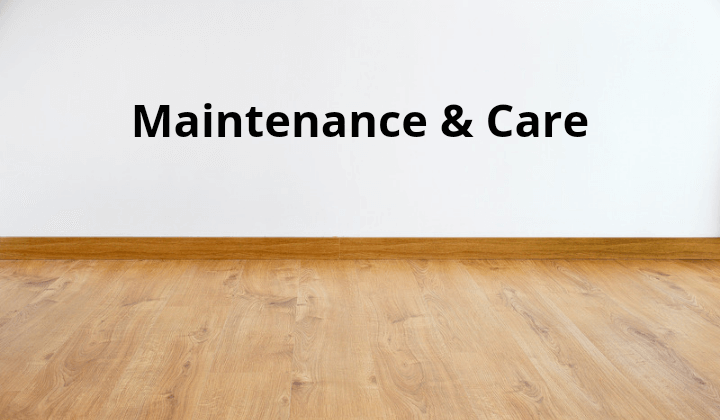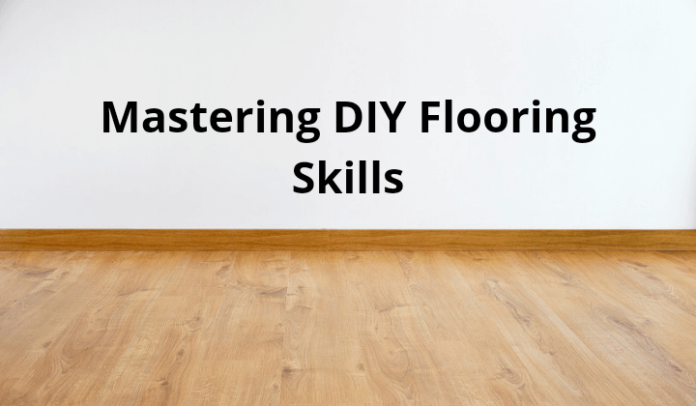Taking on a do-it-yourself (DIY) flooring project can be a rewarding and cost-effective way to transform the look and feel of your living space. However, success in DIY flooring relies on mastering essential skills, from accurate measurement to proper installation and finishing touches. In this guide, we will explore the fundamental skills required for a successful DIY flooring project.
Accurate Measurement and Planning:
Before diving into any DIY flooring project, meticulous measurement and planning are crucial. Start by measuring the dimensions of the room, factoring in any angles, nooks, or irregularities. Calculate the square footage needed, considering potential waste. A detailed plan will help you determine the layout of the flooring material, ensuring a seamless and professional-looking result.
Subfloor Preparation:
The condition of the subfloor significantly impacts the longevity and appearance of the new flooring. Ensure that the subfloor is clean, level, and free from any imperfections. Patch holes or cracks with appropriate filler, and use a leveling compound if necessary. A well-prepared subfloor provides a stable foundation for the new flooring material, preventing issues such as squeaks or uneven surfaces.
Choosing the Right Flooring Material:
Selecting the appropriate flooring material is a critical decision in any DIY project. Options range from hardwood and laminate to vinyl and tile. Consider factors such as durability, ease of installation, and aesthetic appeal. Each material has its unique installation requirements, so understanding these beforehand will contribute to a smoother and more successful project.
Proper Installation Techniques:
Different flooring materials require specific installation techniques. Whether you’re laying down hardwood planks, installing laminate click-and-lock tiles, or adhering to vinyl sheets, understanding the proper installation methods is key. Follow manufacturer guidelines meticulously, and if uncertain, seek guidance from reputable sources or professionals. Pay attention to details like expansion gaps, adhesive application, and alignment for a polished finish.
Cutting and Fitting:
Accurate cutting and fitting are skills that significantly impact the overall look of the flooring. Invest in high-quality tools such as a saw or cutter suitable for the chosen flooring material. Take precise measurements and make controlled cuts to achieve tight seams and a professional appearance. Properly fitting flooring around obstacles like doorways and corners requires attention to detail and patience.
Seamless Transition and Finishing:
Ensuring a seamless transition between different flooring areas or rooms is a crucial aspect of a well-executed DIY flooring project. Use transition strips where necessary to create smooth connections between different types of flooring. Pay attention to details like baseboards and trim work, as they contribute to the overall aesthetics of the space.
Underlayment Installation:
For certain flooring materials, such as laminate or engineered wood, underlayment is essential. This layer provides additional support, insulation, and noise reduction. Follow manufacturer recommendations for underlayment installation, ensuring it is properly secured and free from wrinkles or overlaps.
Maintenance and Care:

Once the flooring is installed, understanding proper maintenance and care is vital for preserving its longevity and appearance. Different materials have varying maintenance requirements, whether it’s routine cleaning, polishing, or refinishing. Familiarize yourself with the recommended care procedures for your chosen flooring to keep it looking pristine for years to come.
Safety Precautions:
Just like any DIY project, safety should be a top priority when working on flooring. Wear appropriate safety gear, including eye protection and knee pads. Take precautions when using power tools, and follow safety guidelines to prevent accidents or injuries.
Conclusion:
Embarking on a DIY flooring project can be a fulfilling endeavor with the right skills and preparation. From accurate measurement and subfloor preparation to proper installation techniques and finishing touches, mastering these fundamental skills will empower you to transform your space with confidence and achieve professional-looking results. Remember, practice and attention to detail are key elements in honing your DIY flooring skills.



